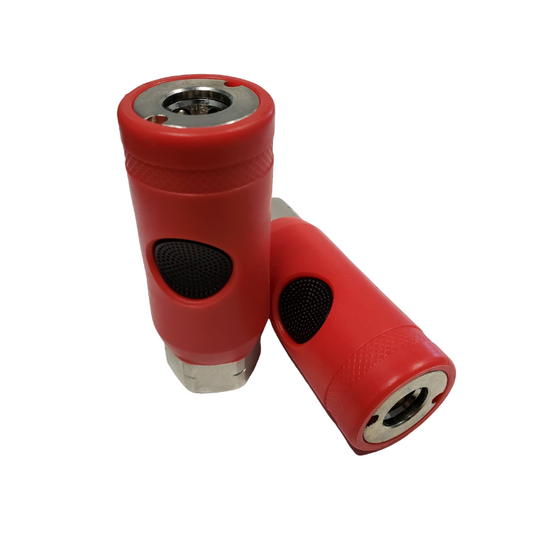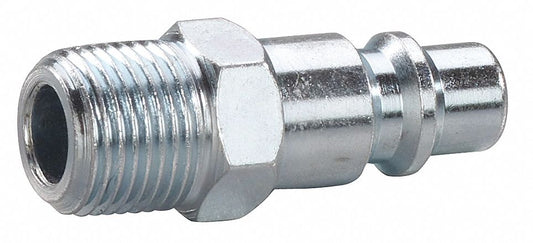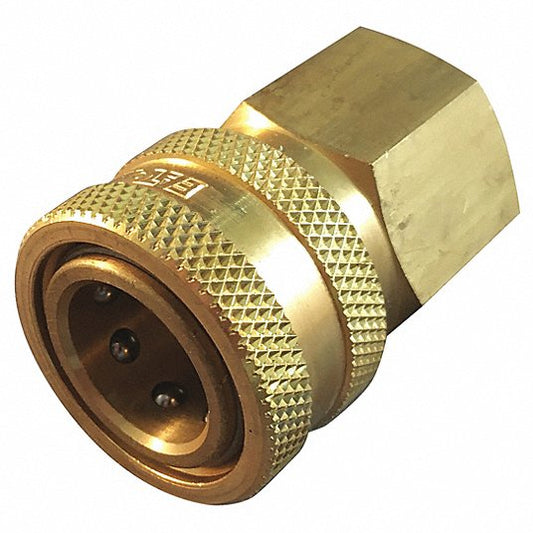-
AIR COUPLER FEMALE PUSH-BUTTON
Precio habitual $11.99 USDPrecio habitualPrecio unitario / por -
PNEUMATIC MALE END
Precio habitual $1.29 USDPrecio habitualPrecio unitario / por -
PNEUMATIC FEMALE QUICK COUPLER
Precio habitual $5.00 USDPrecio habitualPrecio unitario / por
AIR HOSE QUICK CONNECT - AIR QUICK COUPLER FAQs
Contenido desplegable
1. Do quick connect air fittings leak?
It may be necessary to replace if a quick connect fitting for an air line keeps on leaking. The use of high standard fittings and good installation techniques can also minimize the likelihood of such problems. It is always advisable to read through the manufacturer’s guidelines for troubleshooting and maintenance tips.
2. What size are air hose fittings?
You should consider this when choosing an air hose quick connect fittings in relation to the specifications of your tool. Proper selection and installation of these fittings will increase the efficiency of your pneumatic tools .
3. What is the most common air hose fitting style?
The two styles, air hose quick release fittings inclusive, are long-lasting and have a good grip to keep leaks away. When choosing an air quick connect fitting, ensure it is the same type and size as your air hose and tools. Proper upkeep and examination would help to make sure that the fittings perform well in future.
4. How do I know what air hose fittings I have?
Use calipers or vernier caliper outside diameter measurement to ascertain that of male thread or tailpiece of a hose, or calipers inside diameter measurement for female thread. You should also compare it with those you already have. If you are still unsure, take the fitting or plug to a hardware store for help.
5. How to stop quick connect fittings from leaking?
Keep the fittings in good condition by regularly checking them and performing maintenance on them. Additionally, applying thread sealant or Teflon tape to the threads may aid in preventing leaks. When looking for the right quick connect fittings, shop around for the best options. Pay attention to the price and quality of the plugs and hoses you are purchasing. Professional help should be sought if there is an ongoing leakage issue.
6. How to stop air fittings from leaking?
High-quality connections should be used to minimize the chance of any leaks occurring. Maintaining them well and inspecting often will help them last longer. Additionally, applying thread sealant or Teflon tape on the threads can help prevent leakage. For secure connections, consider using industrial style air tools and v style fittings. If there are still leaks, professional assistance may be necessary.
7. How tight should air hose fittings be?
Remember to use Teflon tape when fitting the device; this is because proper sealing is crucial for such purposes. Also, check the O-rings in the air hose quick connect and replace them if they are damaged. Clean any dirt or debris from the connectors before plugging them together though.
Ensure that you quickly examine these devices regularly so as to maintain good working conditions for quite a long time without having problems like leaking ones happen often more than before.If all else fails, don’t hesitate seeking professional assistance.


